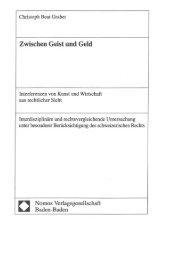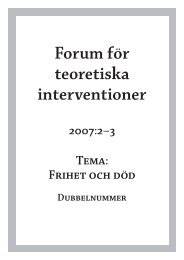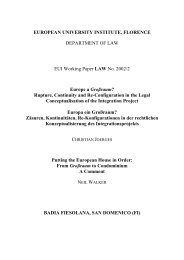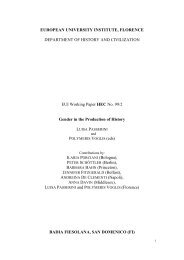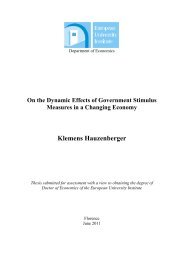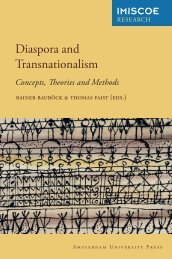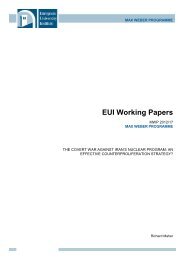Sinziana-Elena Poiana Ioana Lupea Irina-Madalina Doroftei Alina ...
Sinziana-Elena Poiana Ioana Lupea Irina-Madalina Doroftei Alina ...
Sinziana-Elena Poiana Ioana Lupea Irina-Madalina Doroftei Alina ...
Create successful ePaper yourself
Turn your PDF publications into a flip-book with our unique Google optimized e-Paper software.
specific needs, children from former communist orphanages and Roma children. This is an issue that<br />
reached the agenda in the beginning of the ‘90s following reports made by Western European human<br />
rights activists. As a result, children without families were placed in families, most of the children<br />
with severe disabilities remained enrolled in special schools, while others – mostly those who did have<br />
families – were enrolled in regular schools, or opted for home schooling. Even though none of these<br />
issues have made it to the agenda in the past 20 years, there are three severe tolerance related aspects<br />
that arise from this institutional arrangement.<br />
First, the degree of intolerance towards disabled children in mainstream school is significantly high:<br />
from the school policy not to enroll these children in their classes, to parents’ pressure not to have<br />
them studying along their children and architectural barriers, there is a high disincentive for disabled<br />
children to attend mainstream schools. Second, the transition to secondary mainstream schools of postinstitutionalized<br />
teenagers has proven to be extremely difficult, as they are tolerated but still fail to get<br />
respect. Third, the Roma issue has not yet been solved. Roma activist groups are still reporting cases<br />
of Roma children who are denied enrollment in mainstream schools and are sent by school principals<br />
to pursue special education. These cases have not reached the agenda and have not been addressed in<br />
any way in the national policy discourse.<br />
The policy discourse and the public discourse are significantly divided on the issue of segregation of<br />
Roma children in school. The debate has been ongoing, fluctuating up and down on the public agenda,<br />
however it had never reached so high up on the agenda as it did when a Romanian Court of Appeal<br />
decided on penalizing a primary school teacher with a 10,000 Euro fine for not allowing a Roma child<br />
to attend her class. While the policy discourse was building around ensuring the right to education of<br />
the child, the public discourse was slightly skewed towards the teacher’s position.<br />
Therefore the first case, The civil rights movement that never happened: The “racist teacher” and<br />
Roma segregation in Romanian schools (Alleged Discrimination against Roma ), analyzed how the<br />
situation mentioned above concerning a Roma child influenced the public agenda, even though there<br />
was no evidence in the end that the teacher was discriminating on grounds of ethnicity.<br />
Roma – non-Roma segregation in Romanian schools is widespread and generally accepted as such. It<br />
was only in May 2010 that the issue was pushed up on the public agenda by the decision of a<br />
Romanian Court of Appeal to fine a teacher who denied a Roma child attendance to her class,<br />
allegedly due to her ethnical identification as Roma. Discrimination complaints of Roma children in<br />
school had been filed before, but never before they had found such a radical solution. The newspapers<br />
that reported on the situation were divided between “justice was served” and “a bigger injustice was<br />
committed” by fining the teacher with 10,000 Euro. By looking at this particular case, identifying the<br />
forms of tolerance and their expression in daily school life according to the stakeholders and analyzing<br />
the official reaction versus the public discourse, we were able to reflect on the structural issue of Roma<br />
segregation in schools, the evolution of the public discourse towards this issue, as well as the<br />
education policy that should address it.<br />
The second case in this chapter, On the right to an education environment that is free of religious<br />
symbols, is relevant for public policies regarding the display of religious symbols in the classrooms.<br />
The debate on the public display of religious symbols in schools was pushed up on the agenda in 2006<br />
when a high school philosophy professor accused his employer of breaching the rights of the nonorthodox<br />
students by hanging on the walls representations of Christian figures.<br />
The interwar discourse on Orthodoxy as a fundamental element of the Romanian self resurfaced in the<br />
public discourse in the mid ‘90s, mostly in connection to the fight against the communist atheism.<br />
Despite the presumed separation between state and church, except for some few public voices the<br />
main discourse has been in favor of the state’s actions to support the Romanian Orthodox Church, in<br />
the virtue of the absolute Orthodox majority of the Romanian population and the public function that<br />
the Church is thought to fulfill. Even though the debate on teaching religion in schools had been<br />
31



